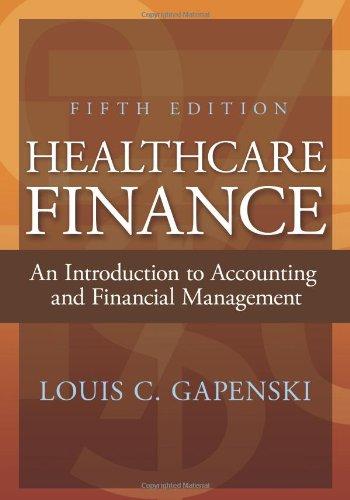Question
8)A firm's bonds have a maturity of 12 years with a $1,000 face value, have an 8% semiannual coupon, are callable in 6 years at
8)A firm's bonds have a maturity of 12 years with a $1,000 face value, have an 8% semiannual coupon, are callable in 6 years at $1,058.81, and currently sell at a price of $1,111.64. What are their nominal yield to maturity and their nominal yield to call? Do not round intermediate calculations. Round your answers to two decimal places
YTM: %
YTC: %
What return should investors expect to earn on these bonds?
- Investors would not expect the bonds to be called and to earn the YTM because the YTM is greater than the YTC.
- Investors would not expect the bonds to be called and to earn the YTM because the YTM is less than the YTC.
- Investors would expect the bonds to be called and to earn the YTC because the YTC is less than the YTM.
- Investors would expect the bonds to be called and to earn the YTC because the YTC is greater than the YTM.
9)Kempton Enterprises has bonds outstanding with a $1,000 face value and 10 years left until maturity. They have an 12% annual coupon payment, and their current price is $1,175. The bonds may be called in 5 years at 109% of face value (Call price = $1,090).
- What is the yield to maturity? Do not round intermediate calculations. Round your answer to two decimal places.
%
- What is the yield to call if they are called in 5 years? Do not round intermediate calculations. Round your answer to two decimal places.
%
- Which yield might investors expect to earn on these bonds? Why?
- Investors would not expect the bonds to be called and to earn the YTM because the YTM is greater than the YTC.
- Investors would not expect the bonds to be called and to earn the YTM because the YTM is less than the YTC.
- Investors would expect the bonds to be called and to earn the YTC because the YTC is less than the YTM.
- Investors would expect the bonds to be called and to earn the YTC because the YTC is greater than the YTM.
-Select-I
- The bond's indenture indicates that the call provision gives the firm the right to call the bonds at the end of each year beginning in Year 5. In Year 5, the bonds may be called at 109% of face value, but in each of the next 4 years, the call percentage will decline by 1%. Thus, in Year 6, they may be called at 108% of face value; in Year 7, they may be called at 107% of face value; and so forth. If the yield curve is horizontal and interest rates remain at their current level, when is the latest that investors might expect the firm to call the bonds? Do not round intermediate calculations.
In Year -
Step by Step Solution
There are 3 Steps involved in it
Step: 1

Get Instant Access to Expert-Tailored Solutions
See step-by-step solutions with expert insights and AI powered tools for academic success
Step: 2

Step: 3

Ace Your Homework with AI
Get the answers you need in no time with our AI-driven, step-by-step assistance
Get Started


